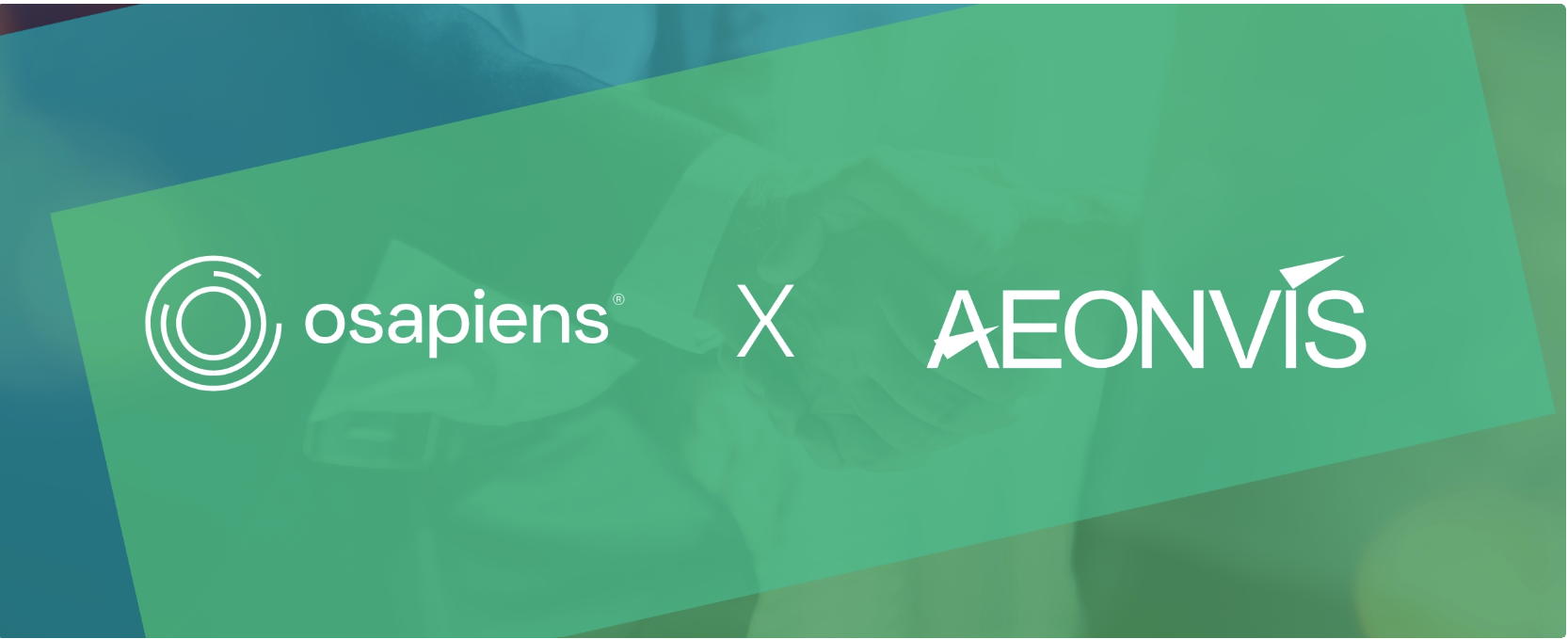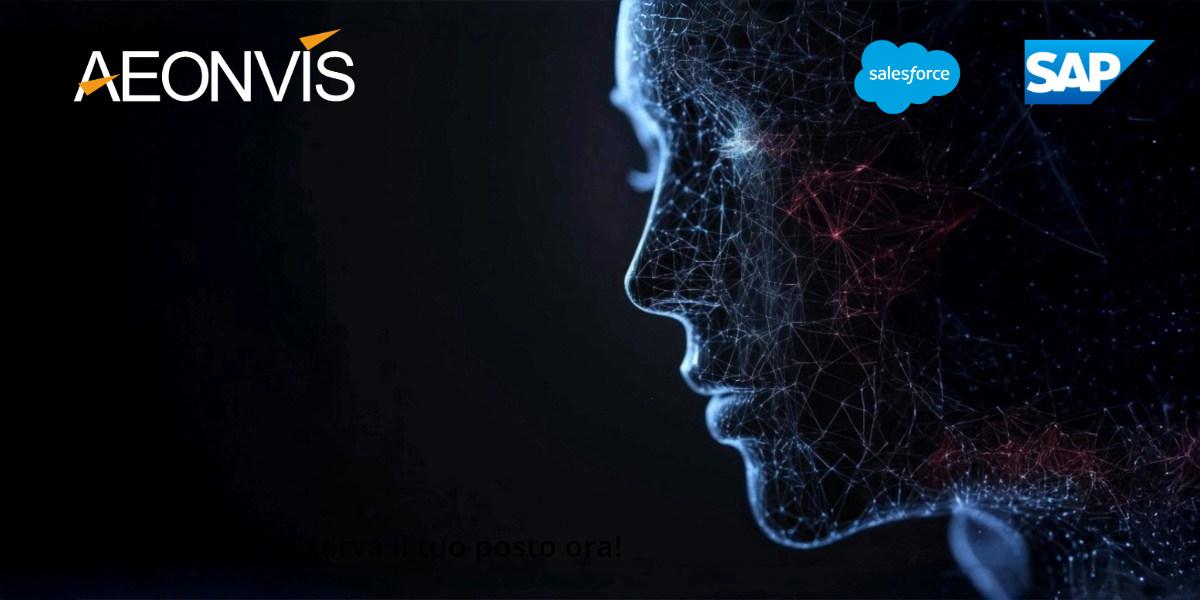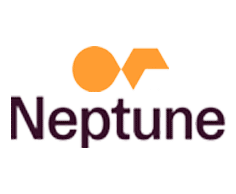In our previous articles dedicated to analytics, we discussed what data literacy and data strategy entail and when a company can truly be considered data-driven. Today, following the path of data and its increasingly significant impact on businesses and their returns, we’ve decided to introduce a new topic. We’re talking about Data Storytelling and its ability to tell stories through data. Below, we’ll explore what data has to say and uncover the many secrets waiting to be revealed.
Data storytelling: the power of data and its story
Data is like words: they have the power to transform and adapt depending on the shape we want them to take. When we think about the human mind, we realize how many emotions flow through it—often contrasting, yet always with a single goal: to express themselves. The only way they can do so is by transforming into words and/or data!

Yes, even data, much like words, are an expression of what we experience daily. As such, they tell a unique story, capable of unlocking the inscrutable world of emotions. Data storytelling emerges from the desire to highlight data as carriers of diverse and varied information—just like the forms they take—able to narrate a substance made of numbers and imbued with contrasting emotions.
Analyzing, examining, and understanding how to interpret data by exploring the relationships that connect them allows not only to give voice to a narrative that would otherwise remain in the shadows but also to provide meaningful insights to guide business decisions, choices, and actions.
Now that we have defined Data Storytelling, let’s delve deeper into its importance for companies that choose to embrace this process of data transformation.
Data storytelling: key concepts for business success
Data Storytelling: a true trend today! But why? Stories captivate, engage, and resonate deeply. Brands aim to deliver memorable and authentic experiences, and data storytelling offers companies an effective way to convey engaging information—far more so than numbers alone ever could.
Tableau, an international software development company specializing in data management, representation, and visualization, identified data storytelling as one of the top Data Trends of 2020.

According to the company’s report, the trend of organizing data within a narrative structure is becoming increasingly prevalent. The analysis notes that data storytelling is often associated with an interactive form of engagement, allowing users to actively become part of the story.
The goal of narrative marketing, in fact, is no longer just to convince the consumer to buy a product but also to immerse them in a universe of storytelling that engages them in a credible narrative. It’s no longer about seduction or persuasion but about creating an effect of credibility that subsequently translates into trustworthiness.
Let’s dive deeper by analyzing the key concepts underlying this fascinating and highly useful discipline for boosting one’s target business:
- Data storytelling: unsurprisingly, it is rooted in big data.
- A key concept that stands out is the search for meaningful relationships between data that can provide valuable insights to analyze.
- Data storytelling requires data visualization—the graphical representation of data—to process the data and tell its story. For this reason, storytelling and visualization always go hand in hand.
- Last but not least, we come to the most important aspect of Data Storytelling: the outcome that data provides in the form of actionable insights (data-driven actions). This translates into operational guidelines that businesses can follow to gain a genuine competitive advantage in the market.
Data storytelling: why It’s so important to use in business
“Science is made of data just as a house is made of stones. But a collection of data is no more science than a pile of stones is a real house.” Henri Poincaré
So far, we have discussed data storytelling, starting with its meaning and exploring its intrinsic nature, which involves not only uncovering data but also analyzing, interpreting, and transforming it.

This is precisely what we want to focus on: the importance of the “metamorphosis” that data undergoes through storytelling, making it crucial for the company’s success. The true power of data storytelling lies in its ability to drive business decisions that, over time, can revolutionize the entire organization. It’s a disruption that is undoubtedly positive, constructive, and calm, but it represents a shift in approach that prioritizes understanding data over mere analysis.
Data storytelling and data visualization should be seen as methods to bring order to chaos—a solution for giving voice to collected data and a foundation for developing efficient strategies. Thanks to Big Data, companies can make strategic decisions, optimize investments, and maximize profits.
Conclusion
This is precisely what we want to focus on: the importance of the “metamorphosis” that data undergoes through storytelling, making it crucial for the company’s success. The true power of data storytelling lies in its ability to drive business decisions that, over time, can revolutionize the entire organization. It’s a disruption that is undoubtedly positive, constructive, and calm, but it represents a shift in approach that prioritizes understanding data over mere analysis.
Data storytelling and data visualization should be seen as methods to bring order to chaos—a solution for giving voice to collected data and a foundation for developing efficient strategies. Thanks to Big Data, companies can make strategic decisions, optimize investments, and maximize profits.










